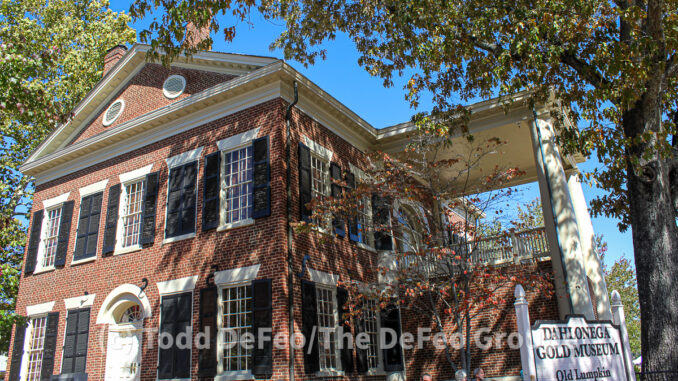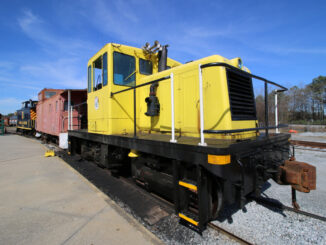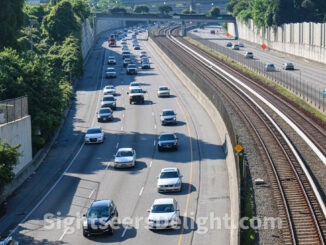
While Georgia’s State Parks and Historic Sites Division already generates significant revenue to help fund its operations and capital costs, a state audit identified more opportunities to generate revenue.
The prospects are related to price adjustments, marketing, and targeting future investments. Auditors said that generating revenue for staffing and maintaining parks should be balanced with ensuring Georgians can access these public resources.
According to the review, state officials have significantly increased capital investments in the division’s assets, such as cottages, campsites, and visitor centers, over the last 15 years. However, auditors concluded that a capital improvement plan would help formally and transparently document and communicate all needs to stakeholders.
Vehicle entry fees, which fund park maintenance, have remained the same since 2009. The Board of Natural Resources could soon vote on a plan to increase the daily fee from $5 to $10 and the annual fee from $50 to $70.
According to the audit, state parks can generate additional revenue through targeted investments in cottages, campsites, and yurts. The park system is most likely to generate new revenue when additional accommodations are targeted to parks currently unable to meet demand.
In addition, the range of occupancy rates for specific accommodations suggests that officials should consider greater price differentiation.
While the four golf courses auditors reviewed had positive net revenue, they concluded that targeted fee increases and additional marketing could generate additional revenue.
The Friends of Georgia State Parks provides valuable volunteer and fundraising support. However, much of its revenue comes from state parks and historic sites, which provide significant discounts on items like annual passes that are resold as part of a membership.
Additionally, the park classification system, which impacts staff salaries, has not been updated in many years and lacks a documented methodology.
Employee turnover was approximately 46% in 2024. The rate was largely driven by part-time positions, which experienced a 58% turnover rate, significantly impacting park operations such as housekeeping, maintenance, and clerks.





